Aluminum alloy 5356 is one of the filler and base materials that are strong and resistant to corrosion. It is valued in welding performance, and you can use it particularly in marine and automotive repair. The magnesium‑rich alloy offers good mechanical properties, great weldability, and saltwater resistance.
This alloy has become one of the popular solutions used by engineers and fabricators to tackle challenging structural applications.
Overview of 5356 Aluminum
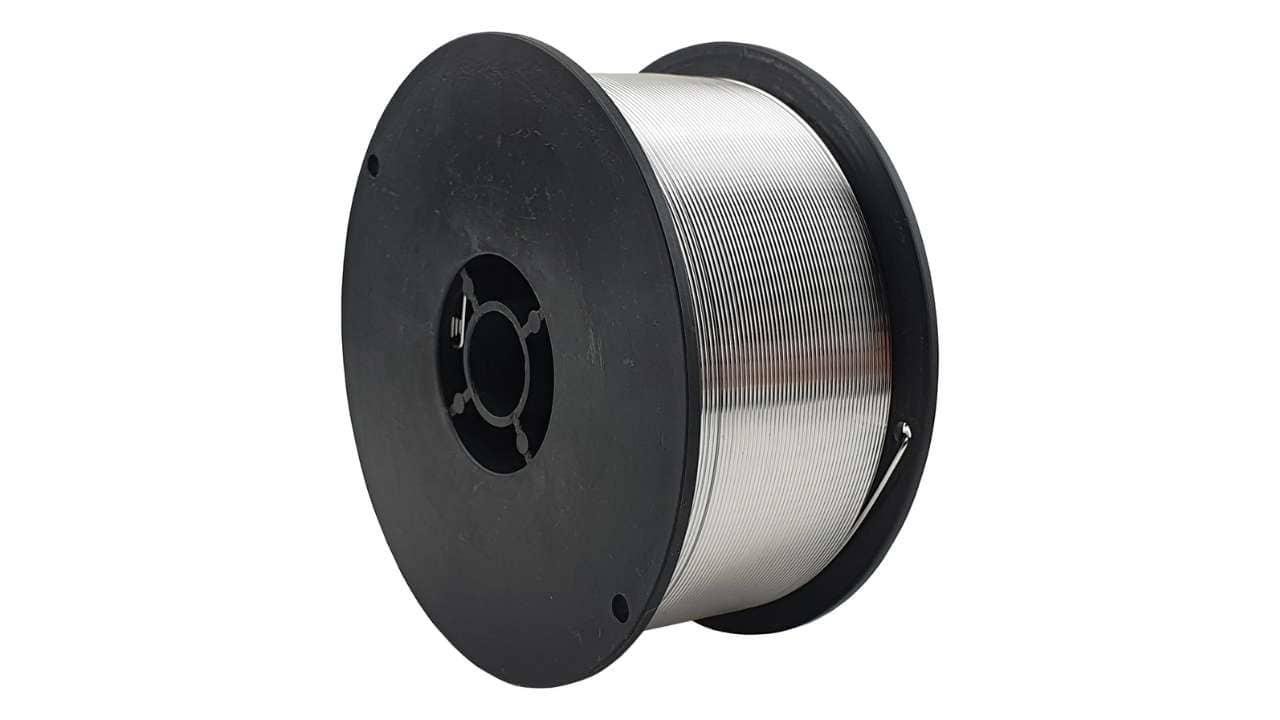
The alloy 5356 is a wrought aluminum-magnesium alloy of the 5xxx-series that is characterized by good corrosion resistance and high strength. It is most acknowledged as a filler in MIG and TIG welding. It contains about 4.5-5.5 % magnesium, which enhances shear and tensile strengths in joints.
In comparison to 4043 filler, 5356 is strong at low temperatures, and it anodizes well. You can utilize it in marine hulls, aerospace frames, automotive parts, and pressure vessels. 5356 is a material that engineering teams and fabricators can rely on for its predictable behavior in extreme environments.
-
Chemical Composition and Role of Each Element
| Element | Weight Percentage (%) | Function in Alloy |
| Aluminum (Al) | 92.9-95.3 | Base metal |
| Magnesium (Mg) | 4.5–5.5 | Main strengthening alloy |
| Manganese (Mn) | 0.05–0.20 | Boosts toughness and corrosion resistance |
| Iron (Fe) | ≤ 0.40 | Kept low for ductility |
| Copper (Cu) | ≤ 0.10 | Trace for corrosion control |
| Titanium (Ti) | 0.06–0.20 | Refines grain structure |
| Chromium (Cr) | 0.05–0.20 | Inhibits grain growth, improves strength |
| Silicon (Si) | ≤ 0.25 | Controls brittleness |
| Zinc (Zn) | ≤ 0.10 | Stabilizes microstructure |
| Residuals | ≤ 0.15 overall | Ensures alloy purity |
Mechanical and Physical Properties of 5356 Aluminum
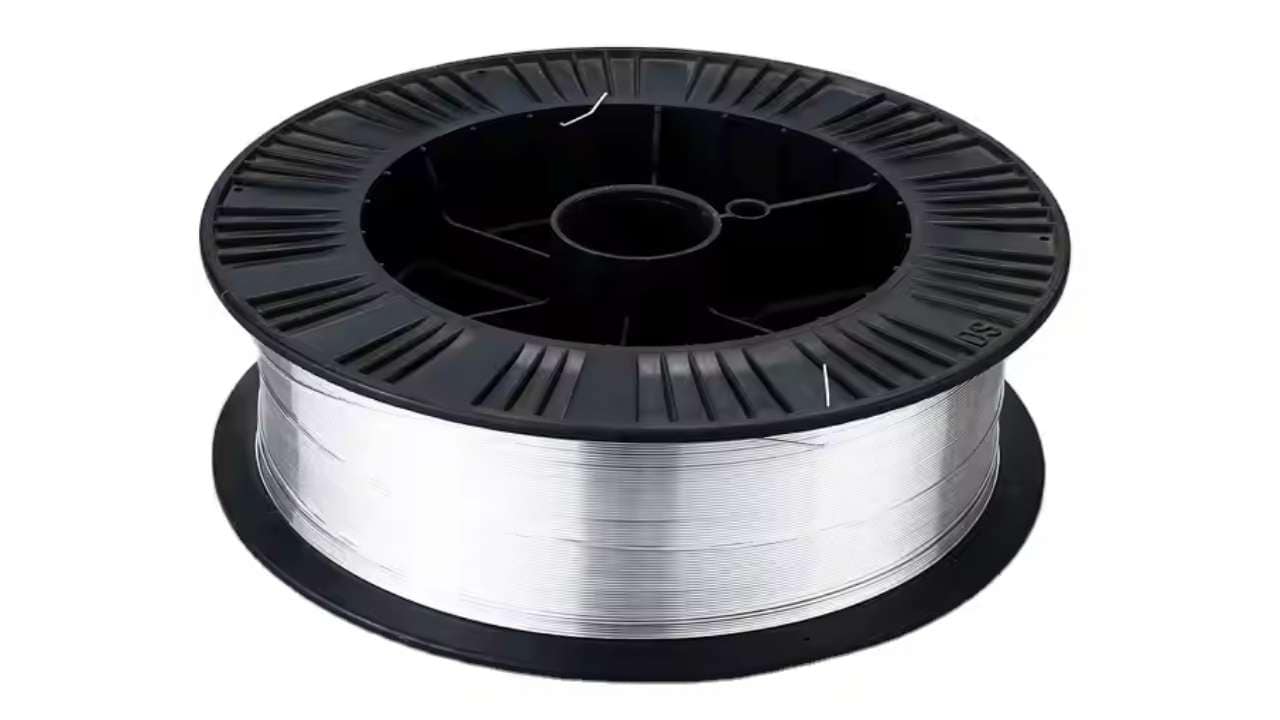
-
Mechanical Properties
| Properties | Tensile Strength | Yield Strength | Elongation | Hardness | Modulus of Elasticity |
| Attributes | ~240–300 MPa | ~110–190 MPa | ~12–16% | ~110 HB | ~70–80 GPa |
-
Tensile Strength
The tensile strength of 5356 aluminum is high at 240-300 MPa. It makes the components resist pull forces in structural and welding applications with high stresses.
-
Yield Strength
Its yield strength of 110-190 MPa makes the alloy useful when a pressure resistance is required. You can use it to assess the ability of the parts to maintain their dimensions under stress.
-
Elongation
5356 alloy has an elongation of 12-16%, which means that the parts can be stretched or bent without cracking. It is ideal for rolling, drawing, or forming intricate shapes.
-
Hardness
This alloy is scratch and abrasion-resistant with ~110 HB hardness. You can use it in marine, automotive, and machine applications.
-
Modulus of Elasticity
5356 Aluminum has a reliable stiffness with a modulus of ~70 80 GPa. It allows components to spring back and to sustain loads without deforming.
-
Physical Properties
| Properties | Density | Melting Point | Thermal Conductivity | Electrical Conductivity | Thermal Expansion |
| Attributes | 2.64 g/cm³ | ~571–635 °C | ~113 W/m·K | ~29–30% IACS | ~23.5 µm/m·K |
-
Density
With a specific gravity of only 2.64g/cm³, 5356 aluminum is ideal in weight-critical design. You can use it in transportation, aircraft, and portable building parts.
-
Melting Point
The alloy has a melting range of ~571-635 °C, which provides thermal stability in welding and fabrication applications. You can also use it to reduce the chances of hot cracking.
-
Thermal Conductivity
The thermal conductivity of about 113 W/m·K means that the alloy can conduct heat effectively. You can apply it in areas such as engine components, radiators, or welded areas.
-
Electrical Conductivity
5356 aluminum has an electrical conductivity of approximately 2930% IACS. You can use it in brackets, enclosures, or structurally conductive supports that are required to carry current.
-
Thermal Expansion
With its expansion rate of ~23.5 µm/m K, it is useful in providing dimensional consistency and reliability assurance in applications in which temperature changes are common and large.
Heat Treatment and Other Processing Techniques
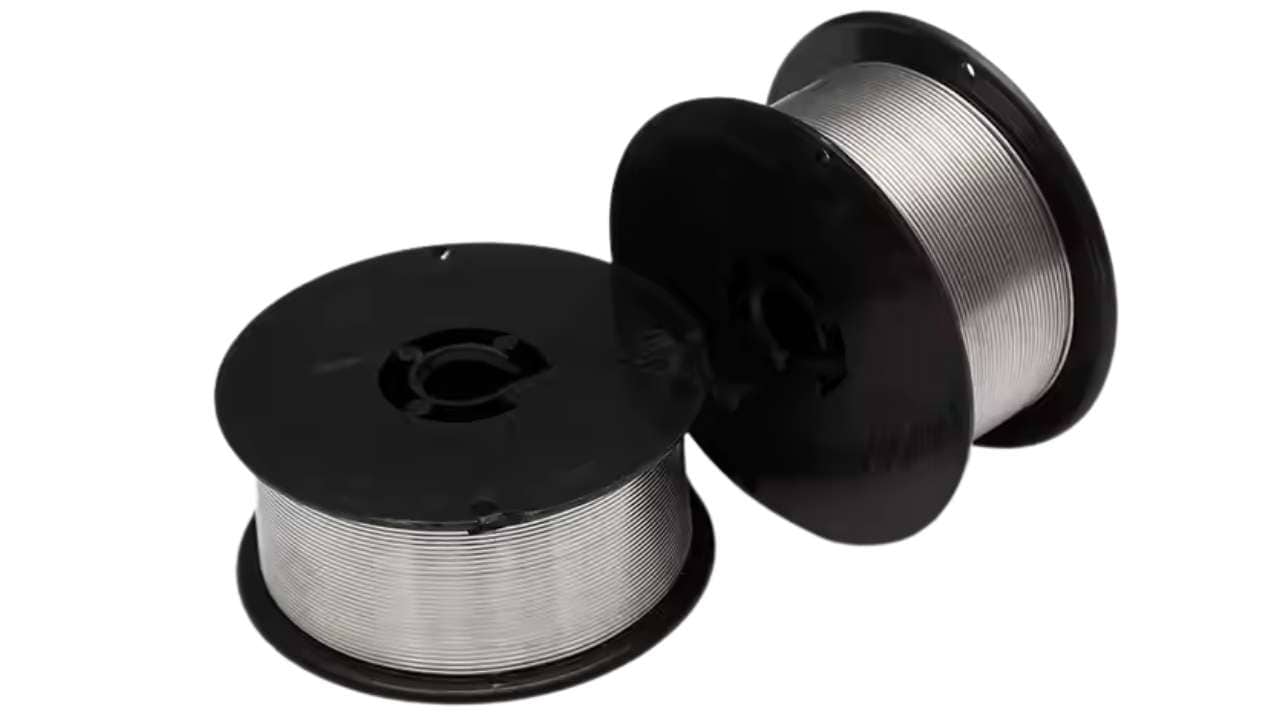
● Heat Treatment
You cannot heat-treat aluminum 5356 alloy to strengthen it. The mechanical performance of the material is reliant upon work hardening and the exact chemical composition of the alloy.
● Cold Working
You can use this alloy for cold working practices such as rolling or drawing that enhance its strength but somewhat reduce its ductility and formability.
● Anodizing
During anodizing, 5356 aluminum produces color-matched welds, which makes it a better choice for visible parts that need both the aesthetics and corrosion protection.
● Welding
The 5356 has excellent weldability, either by MIG or TIG. It has a high melting point, and you can use it in hot cracking-resistant joining applications.
Applications
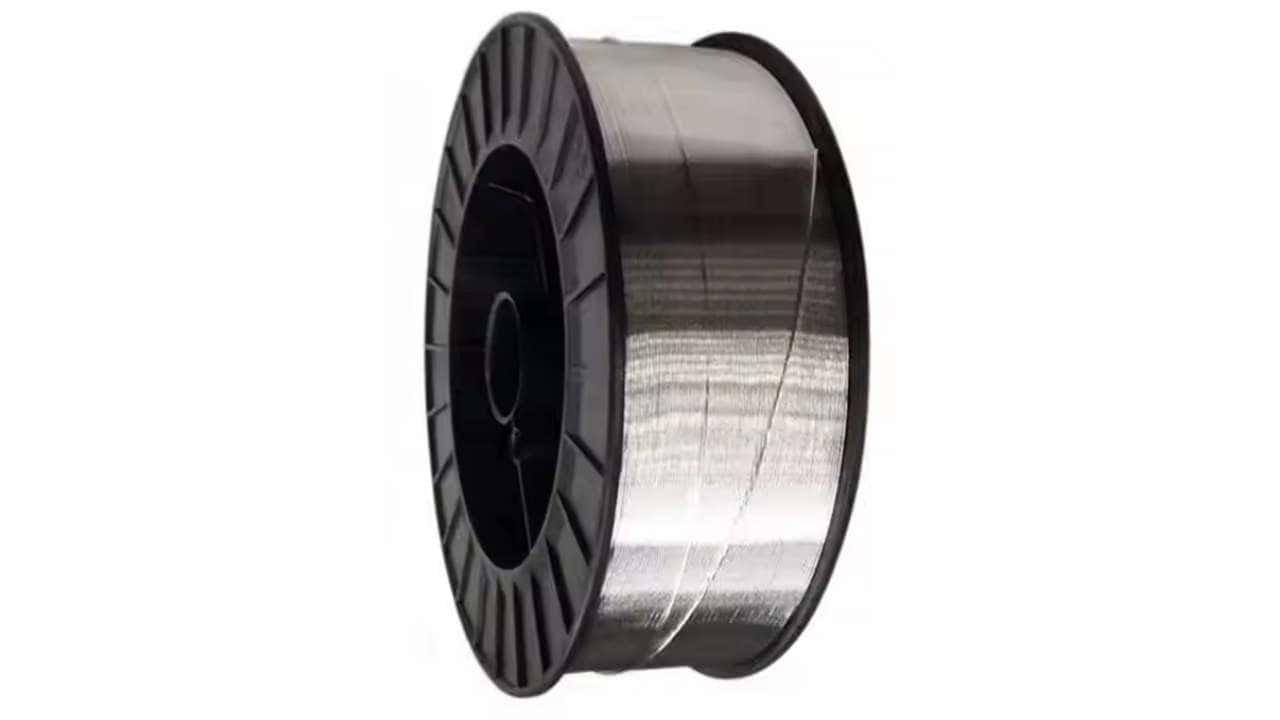
- Welding Filler
You will weld 5xxx and heat-treatable 6xxx series with 5356 wire (ER5356). It gives strong joints that are crack-free
- Marine
It is corrosion resistant, and this is beneficial to your boats. The alloy can stand seawater in hulls, decks, and superstructures.
- Aerospace & Automotive
You will see 5356 in aircraft frames and auto chassis. It is a good balance among lightness, strength, and weldability.
- Pressure Vessels & Structures
It is durable for tanks and structural profiles. Its tensile strength, the quality of weld, and corrosion resistance are a bonus.
Conclusion
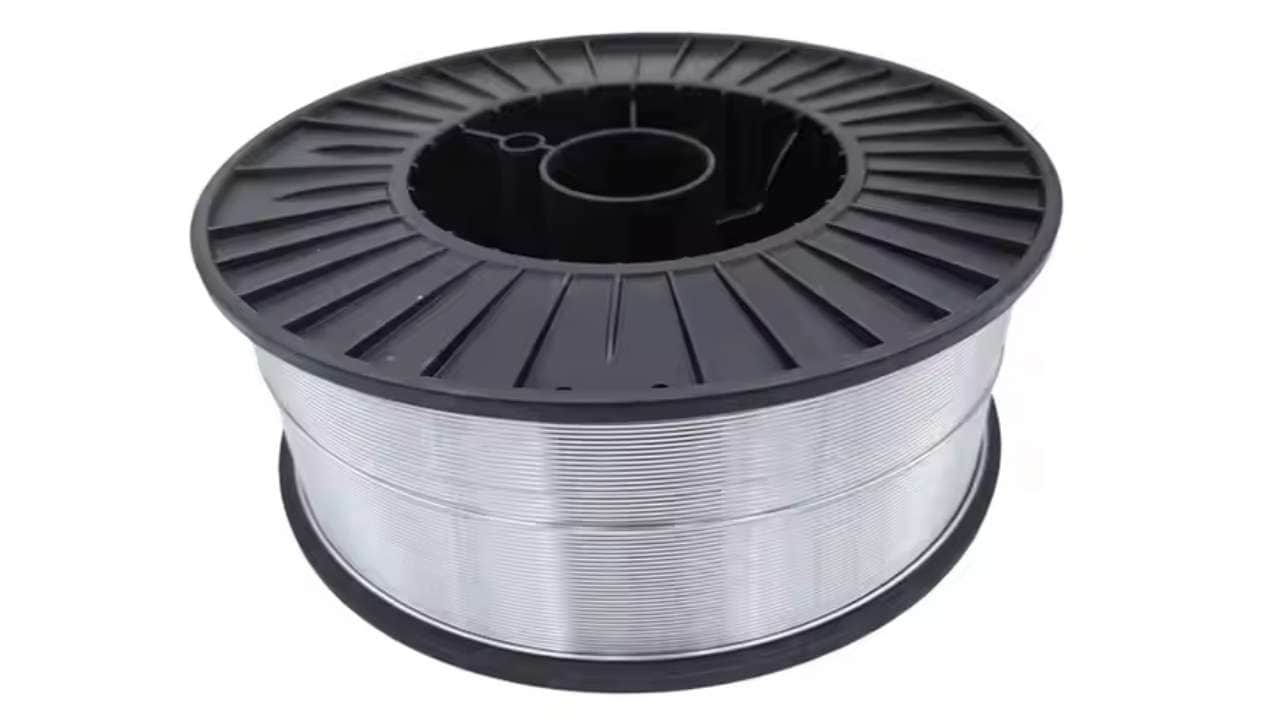
The 5356 aluminum alloy has strong weldable performance, high corrosion resistance, and reliable strength. It is ideal for marine, structural, automotive, and aerospace uses. To get high-quality 5356 products with a complete traceability history, visit hmaking.com and find the solutions to make your fabrication and design projects prosperous.


